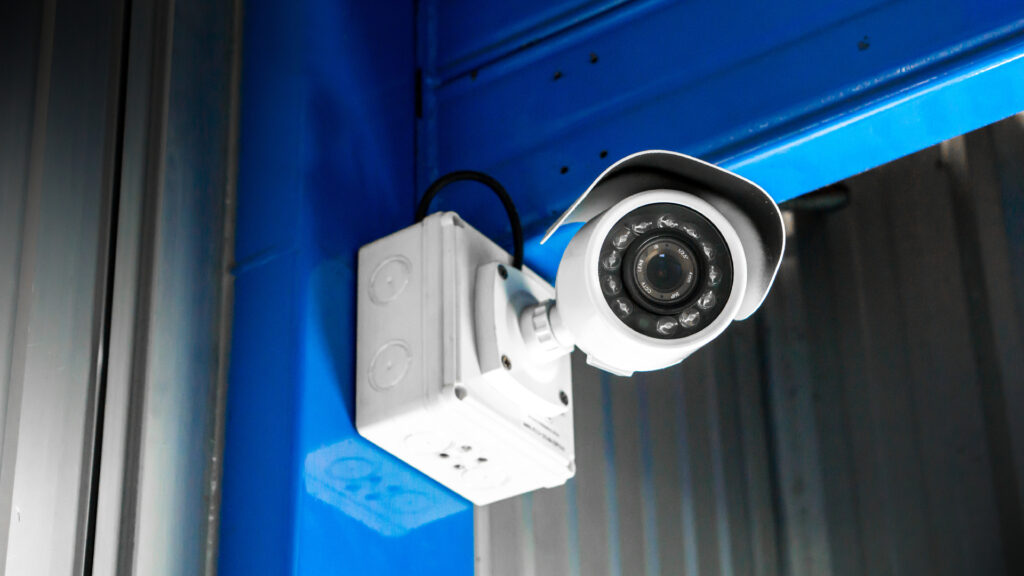In the bustling world of construction, where deadlines loom and budgets tighten, the safety and security of your site are paramount. Choosing the right security cameras for your construction site is not just a matter of surveillance; it’s about safeguarding your investment, your hardworking crew, and the valuable materials on site.
With a myriad of options available—from high-definition video to motion detection and remote access—making an informed decision can feel overwhelming. Yet, selecting the appropriate system is essential. As the sun rises on a new project, how can you ensure your chosen surveillance setup is vigilant and reliable?
This article will guide you through the key considerations, offering insights that balance cutting-edge technology with practical needs, helping you protect your construction site like a fortress. Whether it’s the sprawling expanse of a new build or a compact renovation, understanding your security needs is the first step toward peace of mind.
Types of Security Cameras

When selecting the right security cameras for your construction site, it is essential to understand the various types available, each suited for different needs and environments. For instance, **dome cameras** are discreet and tough, making them ideal for monitoring wide areas without drawing attention.
Conversely, **bullet cameras** offer a more focused view, perfect for specific points of interest, such as entry and exit routes. Then, there are **PTZ (pan-tilt-zoom) cameras**, which allow operators to control the direction and zoom level remotely, providing unparalleled surveillance flexibility. **Wired and wireless options** further complicate the decision; wired cameras deliver consistent reliability, but wireless cameras boast simpler installation and greater mobility.
Lastly, **infrared and thermal cameras** are vital for low-light conditions, revealing activity in total darkness or through obstacles. As such, the choice of camera type will significantly impact your site’s security strategy, making it imperative to evaluate your unique requirements thoroughly.
Camera Features to Consider

When selecting security cameras for your construction site, several features demand your attention to ensure optimal surveillance efficiency. First off, resolution plays a crucial role—higher resolutions provide clearer images, which make identifying potential threats and monitoring employee safety significantly easier.
Night vision capability is another essential consideration; many incidents occur after dark, so cameras that can capture high-quality footage in low-light conditions become invaluable. Additionally, assess the camera’s field of view: a wider angle means fewer cameras needed to cover large areas, thus saving on cost and installation efforts.
Dont overlook durability either; construction environments can be harsh, so opting for weather-resistant and rugged models will ensure longevity. Finally, think about integration options; if your site utilizes smart technology, choosing cameras that can seamlessly integrate with existing systems can enhance overall security and monitoring efficiency. These features collectively form the backbone of a robust security setup tailored to the unique challenges of construction sites.
Conclusion

In conclusion, selecting the right security cameras for your construction site is crucial for ensuring the safety of your assets, personnel, and overall project integrity.
By assessing factors such as camera type, resolution, coverage area, and additional features like night vision and motion detection, you can make an informed decision that meets the unique demands of your site.
Dont overlook the importance of proper installation and regular maintenance to maximize the effectiveness of your construction security camera system. With the right surveillance solutions in place, you can significantly reduce the risk of theft and vandalism, fostering a secure environment that allows your project to progress smoothly and efficiently.



